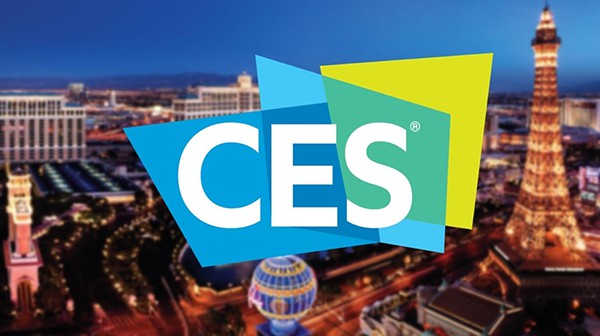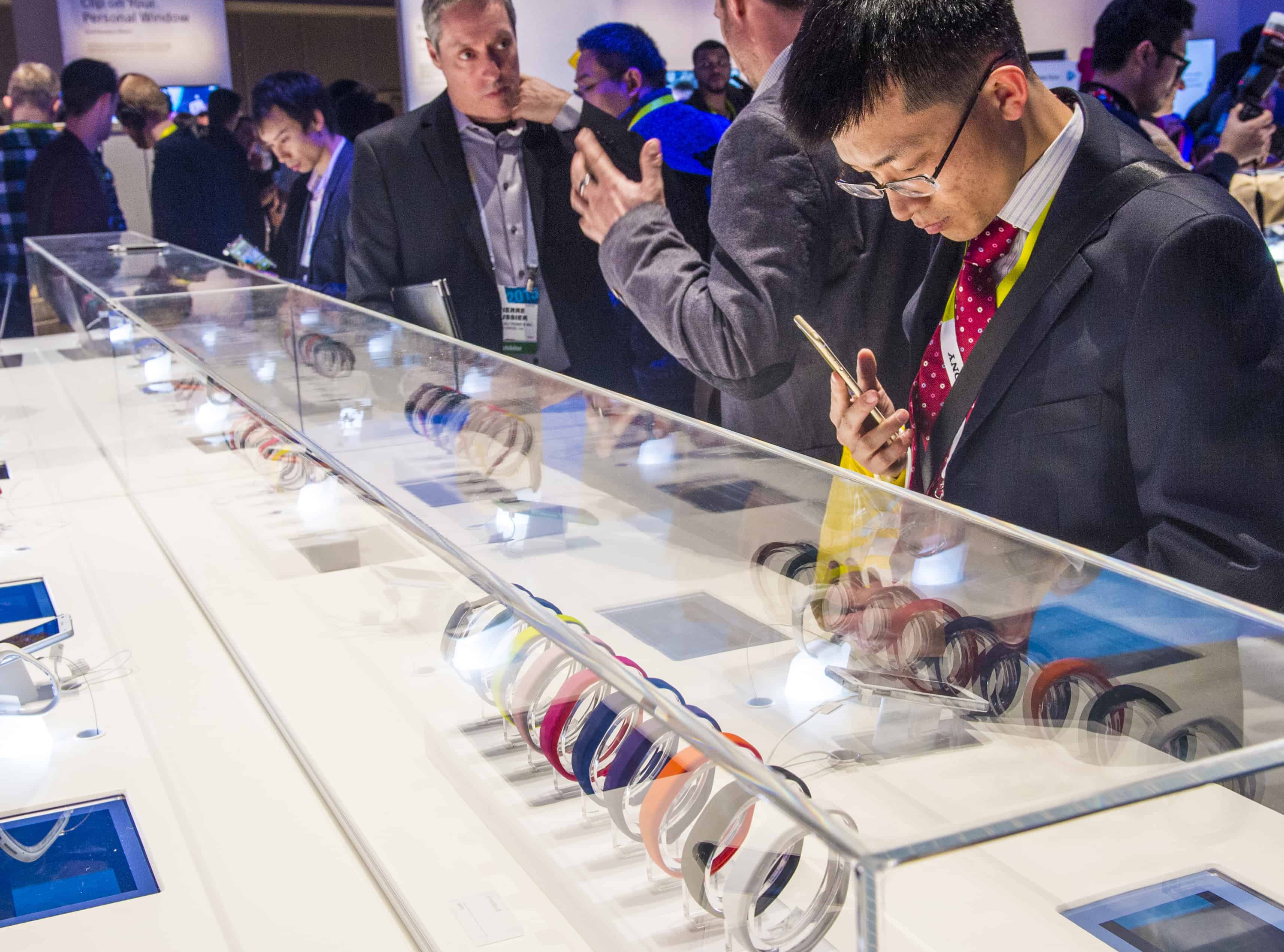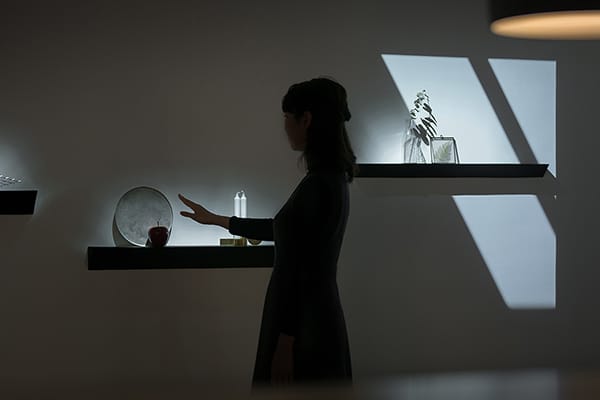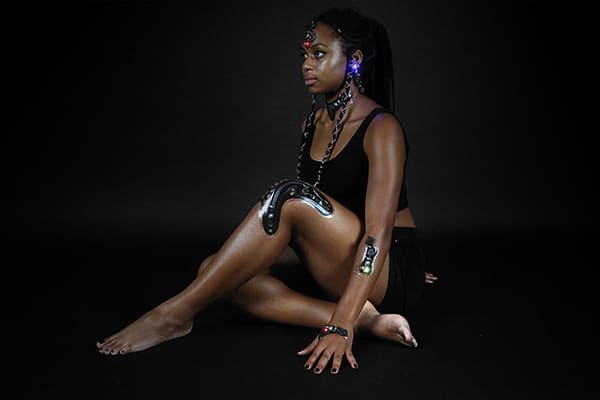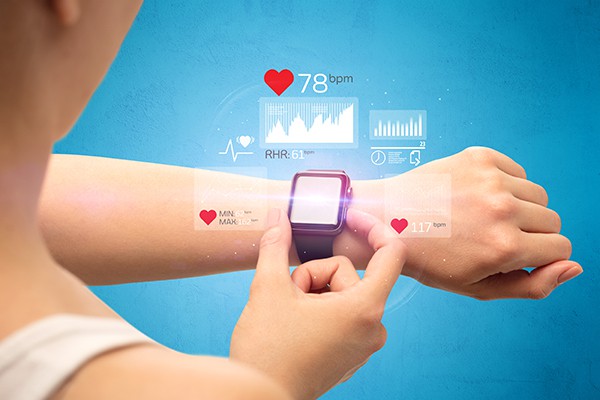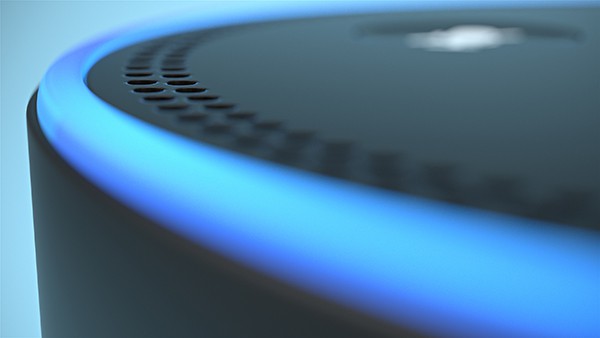Top Tech Trends To Look Out For at CES 2020
In the ever-changing world of technology, there’s one thing we’ve come to count on year after year: the Consumer Electronics Show. As 2019 heads towards its close, we’re looking forward to CES 2020 in January and the insight it brings for where our tech-fueled future is heading. In the meantime, we’ve put together our list of the top tech trends we expect to take center stage at the annual exposition. On our radar? Personalization, privacy, and the evolution of empathetic technology.
It’s hard to believe, but we are already approaching the end of 2019, and that means we are inching ever closer to a new year, a new decade, and a new CES. Held annually in January in Las Vegas, the Consumer Electronics Show is the largest consumer technology exposition in the world, hosting products and presentations from categories across the board: audio, video, robotics, fitness, education, travel, and leisure, you name it. THRIVE attends every year as a matter, of course, to track and monitor emerging tech trends — and while it can sometimes be a generally mind-numbing experience (there are only so many TVs, speakers, laptops, and phones, you can truly take in at any one time…), the show is about a lot more than simply being introduced to a bunch of cool new products.
If you look beyond the obvious, CES is a barometer for where tech trends are heading in a multitude of industries and what the future may look like. Yes, you can still expect to see intelligent drones, 5G phones, and transparent Ultra-HD TVs, but at this global stage, we like to turn our attention toward what is truly next. In an era when technology is already being used to transform our daily experiences everywhere we turn — at home, in the car, when we work out, when we travel, etc. — forward-thinking companies are paving the way for future innovations that continue to close the gap between people and technology.
So, here’s THRIVE’s look at five convergence-focused categories and tech trends we expect to come together at CES 2020 and all year long:
1. SENSORY WELLNESS
What’s Now
Wellness has been a hot topic for several years now, with an ever-growing market currently valued at 4.2 trillion dollars, after having increased 12.8% between 2015 and 2017. This trending tech continues to permeate consumer lifestyles, encompassing everything from fitness and food to personal care, stress reduction, and even wellness-based tourism. The industry still has plenty of opportunities for businesses looking to innovate within the space — especially when it comes to sensory wellness.
What’s Next
As a response to the numbing effects of excess screen time, a new wave of consumers is looking for a digital detox, a way of rebalancing our relationships with technology, and fears surrounding its malign influence due to sensory overload, and a lack of stimulation for their more emotional senses. Add the prevalence of acute stress and a deepening global mental health crisis, and people are seeking new ways to fend off feelings of worry, anxiety, and isolation. This sensory onslaught has created a prime opportunity for brands to address consumers’ psychological needs with supportive offerings that reassure, nurture, and cocoon consumers overwhelmed by relentless modern living.
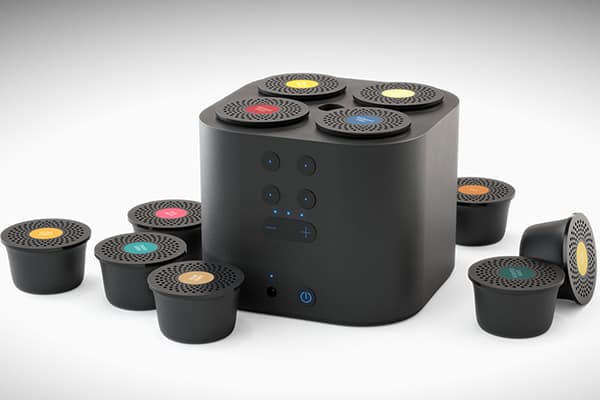
Savvy brands realize this means they now need to connect with people through synesthetic experiences, and we expect to see products at CES 2020 that start to address the sensorially starved with experiences that stir all senses, reigniting those overlooked on a day-to-day basis. Expect to see personal devices emerge that provide deeply therapeutic, multisensory experiences, harnessing developments in neurotechnology, sound healing, light therapy and more.
2. TACTILE TECH
What’s Now
Like the lack of specific sensory stimulation due to our eyes constantly being fixed on two-dimensional screens, as we get deeper and deeper into a digital world, people are also starting to lose touch with all things tactile (pun intended…). The tap of a screen has replaced the push of a button, the click of a switch, and the sounds and feelings associated with these actions, all in the pursuit of smarter environments and smarter selves. Further, we’ve seen the growth of an online environment focused on visual media to monopolize consumers’ attention. Still, information overload is leading individuals to disengage from brand messages in front of our eyes. This will be one of the leading tech trends at CES 2020 with Designers exploring ways technology can enhance our experience of a brand on a physical level.
What’s Next
Haptics — technology that uses vibrations or motions to communicate with the user — have already become mainstays in VR and gaming. Still, they’re beginning to be used in touch screen environments as ways to reengage with consumers and boost brand connections beyond the audiovisual. Mobile ads, in particular, have started to take advantage of the value of haptic feedback. A study with advertisements for major brands, including BMW and Arby’s, incorporated haptics such as the phone vibrating to mimic reverberation from the deep voiceover resonating or feedback that recreates the rev of the engine, for example. The findings showed that such an added sense of touch accounted for a 62% increase in feelings of connection and a 50% lift in brand favorability. With the power to draw users deeper into a brand experience and keep them engaged, we expect to see more exploration of the value of haptic feedback across a variety of platforms as trending tech at this year’s CES.
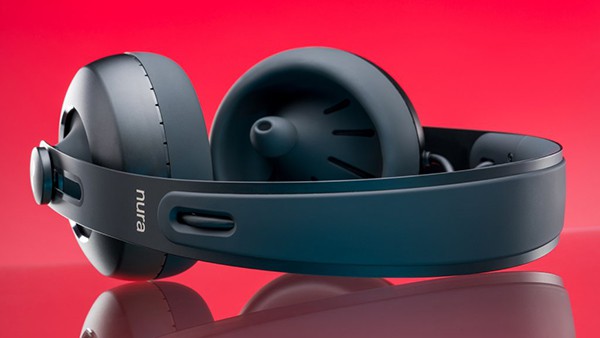
We also expect to see products exploring the potential of haptic technology beyond enhancing visual engagement. Take Australian start-up Nuraphone, who developed headphones that let listeners feel sound as well as hear it. This audio-haptic immersion aims to upgrade people’s listening experiences by physically vibrating when you play music at higher volumes allowing you to feel the bass, creating the experience of a live performance. We’re excited to see how others start implementing haptics, and CES will undoubtedly show us where this trending trend is heading.
3. DIGITAL PRIVACY
What’s Now
Security is CES’s elephant in the room. In recent years we’ve had Amazon accidentally sharing our private conversations, Apple slowing down our phones, Facebook purposely giving away our data, and Google admitting its social network has been breached multiple times. Hardly a glowing endorsement for the titans of tech. There have been significant debates on data privacy and the security of IoT products as we move ever deeper into our hyperconnected future during previous years at CES, but has any progress been made? While companies invite us to bury our heads deep in the sand amidst the excitement of the latest hardware gadgets and gizmos, on the surface, it appears very little has been done. At least not outwardly, and recent scandals are certainly not helping to ease consumers worrying about data privacy and security.
What’s Next
Trust, then, we believe will potentially be one of CES’s big tech trends this year. It is a huge and growing opportunity for brands and designers to take the lead because when consumers feel their private information is in jeopardy, they change their buying behavior and shift their loyalty. While privacy to date has been a niche concern, we expect it to develop an increasingly elevated profile as people become more suspicious about the ways they are being targeted, and as consumers seek to take control over their personal data. (Tech start-up Winston, for example, already offers a hardware device that can hide your geolocation, encrypt your DNS, and scramble and anonymize your home internet activity.)
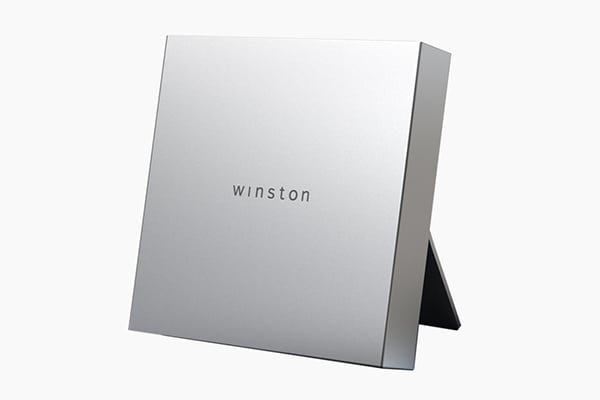
In terms of moving forward in the IoT marketplace, brands must offer complete transparency, counteracting anxieties by offering rock-solid security and explaining how they use personal data to quell concerns about privacy. So, what do we expect to see in this realm at CES 2020? Skeptics might say nothing at all, but we hope to see an emerging range of products that start to address these security and protection worries, including products with biometric identification and facial recognition. Blockchain is also set to bring transparency and inspire trust. Will this be CES 2020’s antidote to trust? We’ll find out soon.]
4. DIGITAL HEALTH
What’s Now
Digital health certainly isn’t one of CES’s new tech trends, but as the industry continues to grow (current market valuations are set to exceed 504.4 billion dollars by 2025 — a massive increase from a $71.4 billion valuation in 2017), we’re seeing new possibilities in the ways we diagnose, monitor and treat illnesses, and a transformation in the basic foundational structures of healthcare. As consumers are turning to health-tracking technologies to build a greater picture of their health, consumer tech may soon offer more insight about our physical and mental wellbeing than a visit to the doctor, driving a desire for more targeted, bespoke therapies, and paving the way for what’s being called the “era of the empath.”
What’s Next
One of the leading emerging tech trends in its development as a category is the ubiquity of sensors on us, in our environments and around us is unprecedented, and certain biomarkers can be used to predict certain emotional states. (Did you know, for example, humans exhale chemicals, such as carbon dioxide and isoprene, when they feel lonely or scared?) The end goal would be to use that information to create more sophisticated, empathetic interactions with technology as a result — like changing the environment of our homes, whether it’s light, sound, smell or temperature — to manage our in-the-moment health and wellness. As such, we expect to see an explosion of wearables, with devices that start to amalgamate sensory data such as galvanic skin response, the chemical signature of exhaled breath and thermal dynamics.
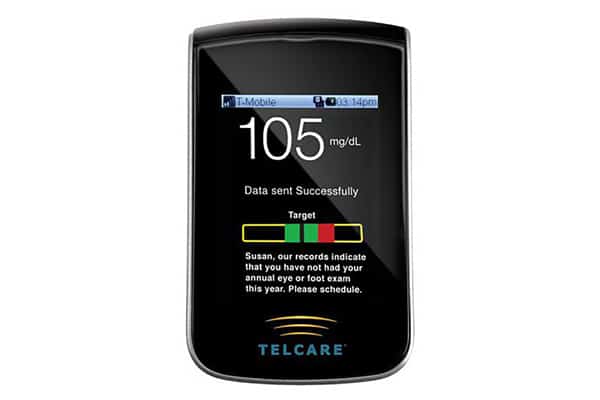
In terms of chronic disease management, wearables and other personal healthcare devices are bringing both the opportunity for patients to gain a greater understanding of their conditions and feel empowered to take more control of their own care, as well as a change in how healthcare is received — a move from appointments being available at a doctor’s discretion to mobile services is providing patients and physicians more flexibility, for example. We have already seen products emerge for chronic disease management with wireless technology that creates a two-way feedback loop with medical professionals, improving communication between patients and healthcare professionals. Telcare’s blood glucose meter, for example, the world’s first cellular-enabled glucometer, provides glucose level results from blood samples to a care team instantly. But lack of standardization, privacy and security concerns are still the biggest threat to digital health’s progression. Adopting open standards would no doubt advance the sector faster, but we still expect to see a flood of new products and tech trends emerging at CES 2020 in the digital health space.
5. HYPER PERSONALIZATION
What’s Now
The desire for targeted and highly personalized consumer experiences is not limited to the health field; in today’s world, customers have come to expect some form of personalization — from personalized emails and newsletters to product recommendations based on previous purchases. And in today’s on-demand economy, they don’t just want their experience customized, they want it now. IoT technology has been one of VES’s biggest tech trends in recent years, with its smart speakers and intelligent devices, which has brought additional real-time expectations with instant gratification. The ability to not only deliver on unique customer needs but also do so instantaneously has set the bar for brands.
What’s Next
So-called “hyper-personalization,” driven by AI and machine learning algorithms, will be key to customer experience in the future, and brands that look for unique opportunities to surprise and delight consumers — whether in-store or even in homes and vehicles — will gain the competitive advantage. Companies like Starbucks and Sephora are already using GPS technology and apps to trigger offers when customers are in or near stores, while many have adopted augmented reality, letting shoppers “try on” their product in a real-world setting (you can see how that IKEA table would look in your own living room, for example). The next level of personalization could evolve to include facial recognition and biometric sensors, but it will make access to in-depth data with deep learning that goes beyond purchase history knowledge to really take personalized offerings up a notch. Tapping into the growing consumer appetite for hyper-personalization in the food and drink space, US start-up Teplo has launched a countertop tea maker that creates a perfect brew based on the drinker’s current mood. It uses a heart rate sensor to collect your mental state data and adjust brewing to ensure your tea is personally crafted.
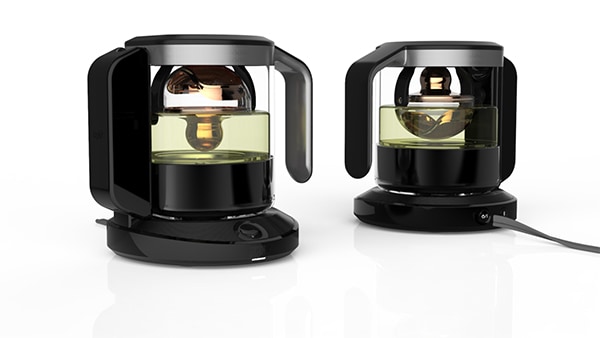
One of the big enablers that can take hyper-personalization to the next level is manufactured empathy. Overlapping with the sensory wellness trend, we expect to see AI-equipped devices that, when combined with ubiquitous sensing, can read people’s personalities and moods, and intuitively respond according to pre-set preferences and emotional cues. At past CES shows, we have seen auto manufacturers start to delve into this realm. You might recall the Hyundai concept car from CES 2017. Equipped with sensors that tracked driver posture, heart rate, and eye movement, it uses that information to alter in-car conditions like air and music to help manage stress or increase driver alertness. In time, we expect these types of concepts will emerge in the mainstream, and all products, big and small, will be designed to be perceptive and sentient. CES will provide a good lighthouse for how close we are to achieving this level of hyper-personalization, and the direction artificial empathy is heading next.
We can’t wait to see the new latest product developments at CES 2020 and the insight it brings for where our tech-fueled future is heading!

